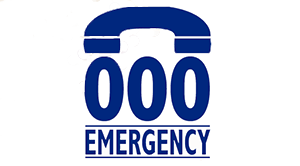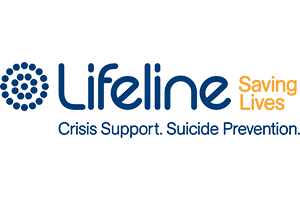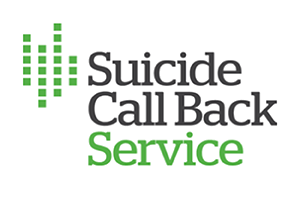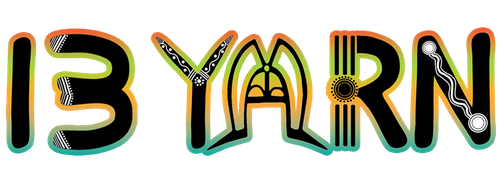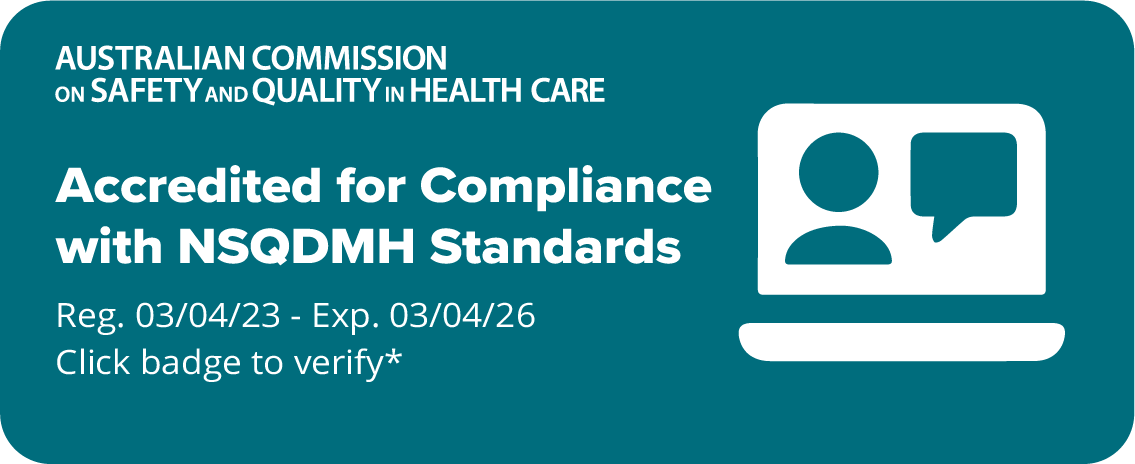Our stories
- Mark Discussion as New
- Mark Discussion as Read
- Float this Discussion for Current User
- Favourite
- Subscribe
- Printer Friendly Page
- Mark as New
- Favourite
- Subscribe
- Get link
- Flag for Moderator
23-03-2016 10:42 PM
23-03-2016 10:42 PM
Non-Verbal Communication of Mood/Safety
I have just returned from my first Parent Support Group meeting held at the facility that my son is in and thought it may be useful to pass on what I thought was a great way for someone suffering with a mood disorder to communicate their mood and safety status.
One young lady who is now employed by the unit in a part-time capacity was in this facility approximately 3 years ago when she was suffering with severe depression and anxiety. Her role now in this facllity is to work as an advocate for the patients/students.
As a group one thing that we spoke about was how to ascertain the mood and safety of our child when at home without continuously asking "How are you feeling?" etc. All agreed that continuously asking was often met with hostility and created tension. This young lady said that she developed a system at home whereby she could communicate her mood and safety effectively to her parents without having to talk to them - which was her preferred option. For her mood she drew a half circle on a piece of paper and coloured it with a shaded range of colour - in her case from blue at one end to green at the other. Blue represented a good mood and green represented a very low mood. She then made a small arrow with another piece of paper and used blue tack to stick it onto this half circle. Every morning (or at any time during the day) she would reposition the arrow on this to reflect how she felt. By doing this her mum was able to know where her mood was at simply by looking at this "mood chart" For her safety she wrote the numbers 1,2, 3 on another large piece of paper and created a dot with another which she blue tacked next to a number. 1 represented "I'm safe. You can leave me alone and I can hold my own safety". 2 represented "I'm feeling a bit unsafe. You should check with me to make sure if I'm OK to be left alone" and 3 represented "I am unsafe. Please don't leave me alone and check on me regularly". It was a win/win situation for both her and her parents.
This may be an effective system of communicating mood and safety for adults suffering from mood disorders as well.
Janna
- Mark as New
- Favourite
- Subscribe
- Get link
- Flag for Moderator
27-03-2016 11:27 AM
27-03-2016 11:27 AM
Re: Non-Verbal Communication of Mood/Safety
Hi @Janna,
Thank you for sharing this, I really like it and can see this thread being tagged quite a bit in the future
- Mark as New
- Favourite
- Subscribe
- Get link
- Flag for Moderator
30-03-2016 10:21 AM
30-03-2016 10:21 AM
Re: Non-Verbal Communication of Mood/Safety
This is great @Janna - Thanks for sharing.
- Mark as New
- Favourite
- Subscribe
- Get link
- Flag for Moderator
30-03-2016 05:22 PM
30-03-2016 05:22 PM
Re: Non-Verbal Communication of Mood/Safety
What a relief for that family to have a communication system like this in place. Helps to cut through all that hesitation about asking and fear of intruding or annoying. Very clever. Thanks for sharing it @Janna
- Mark as New
- Favourite
- Subscribe
- Get link
- Flag for Moderator
31-03-2016 08:20 PM
31-03-2016 08:20 PM
Re: Non-Verbal Communication of Mood/Safety
Thank you @Janna for sharing ![]()
Hello @suzanne, @coffeegirl, @Fancy_Pants,how are you today ??

